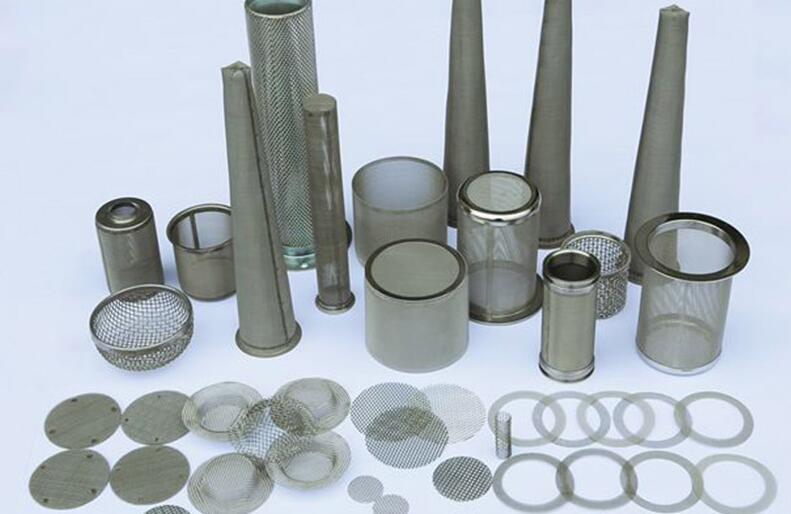Getting Started with Wire Mesh
Wire mesh is a great material for a variety of DIY projects. From animal fences to art projects to interior design elements, the choices are limited to your imagination. If you are not experienced in welding or weaving wire mesh, there are a few things you should know before you start your project.
Design your project
Do: Make the most of your project by doing some planning and research in the early stages. This will help you determine the best materials for your project. For example, galvanized steel, stainless steel and brass all have different properties. You need to make sure you are using the right product for the project; for example, a grid installed on the wall of a house does not need to be as strong as a pet fence used for exposure to the elements.
Yingkaimo stocks wire mesh in a variety of sizes, materials and styles. Knowing not only the type of mesh you want but also its size, is key to the success of your project. Some mesh is sold in flat sheets and some is cut to length from rolls. If the mesh comes from a roll, the width will be fixed, but the length will be cut to the number of meters you specify. Make sure you know the size of the mesh you need and compare it carefully with the product you are buying. Design your project and select your grid to create panels no larger than the sheet size, eliminating unsupported joints whenever possible.
Don't: Just wing it. doing things quickly may be your style, but without careful planning, you may be wasting your time and possibly your materials. Ensuring that the size and shape of the mesh fits the application is critical to the success of your project.
Cutting your mesh
Do: Pay close attention to the gauge of the braided or welded wire and choose the right tool for the job. If it is thin enough, you will be able to easily cut it into shape or trim it down using tin snips. If available, you can also use wire cutters or pneumatic scissors to make the cuts. For heavier gauge, the best tool for cutting wire mesh is the trusty angle grinder.
All of these methods have the potential to leave sharp edges, so make sure you consider safety and take precautions before you start cutting. Find a safe place to work (for you and others) and wear appropriate protective gear and clothing. In all cases, gloves and goggles are a must.
Don't: Be careless. It's worth repeating: cutting wire can leave uneven edges, and even if you use gloves and goggles, there's still the potential for some damage when you move it. Also, if you purchase wire in rolls rather than sheets, be aware that if you don't flatten the rolled wire properly before cutting, it may bounce back at you after the final cut.


评论
发表评论